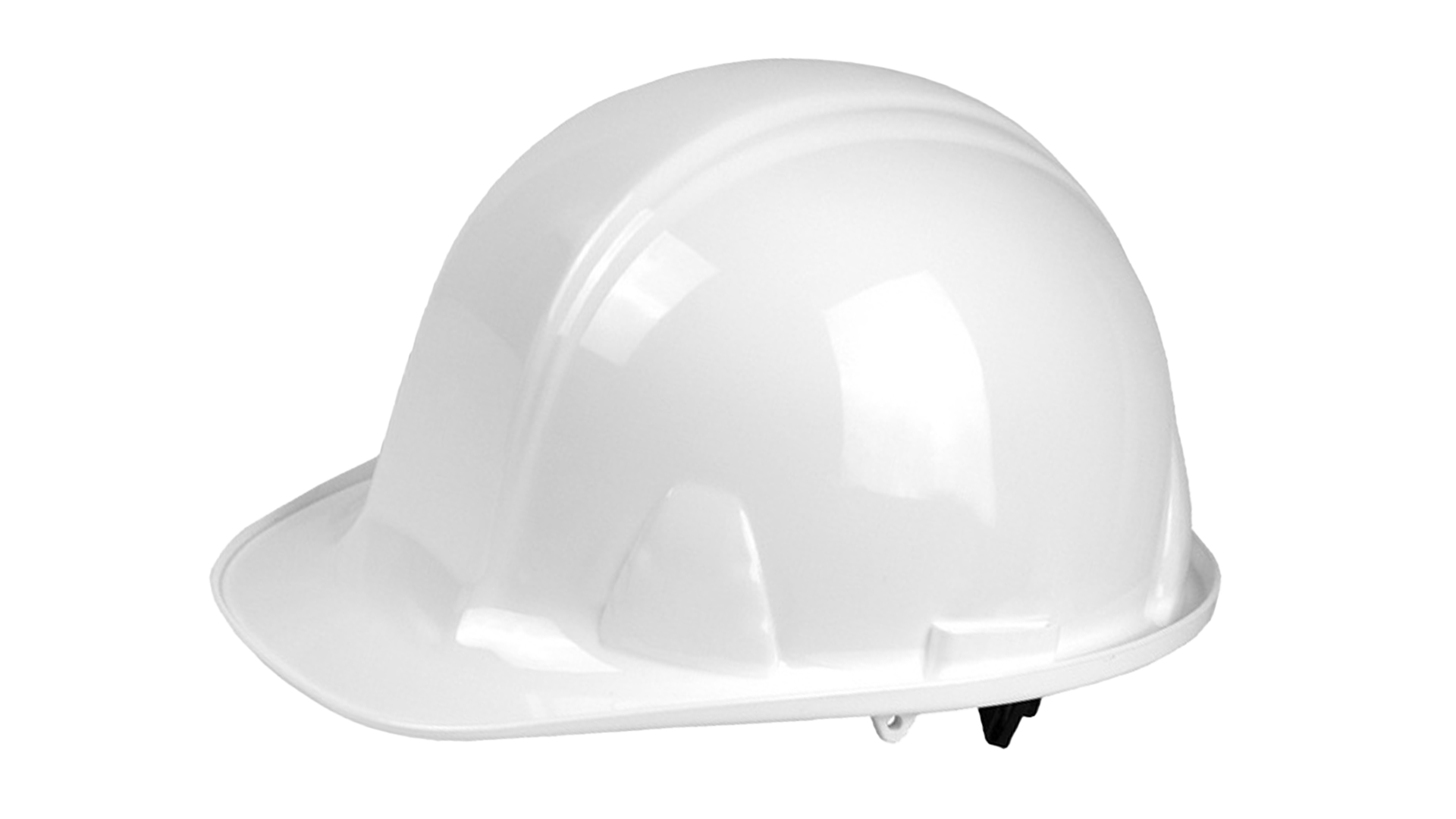Working at heights on construction sites poses risks of head injuries that can result in severe consequences. That is why the Health Safety Executive (HSE) strongly advise wearing safety helmets to reduce such dangers.
Why Head Protection Matters?
The head is one of the most vulnerable areas of the human body. Even a minor impact can lead to bruising or a more severe blow, such as traumatic brain injury (TBI) concussions.
Objects falling from heights or hitting the unprotected end of a scaffold pole are common occurrences. This is where safety helmets like hard hats come into play. These ‘shock absorbers’ feature a rigid outer shell designed to distribute the force of impact. Within this shell is a layer of foam, which compresses upon impact, further dissipating the force before it reaches the wearer’s head.
What are Suitable Hard Hats?
According to the HSE, helmets as personal protective equipment(PPE) must comply with certain guidelines. Safety helmets or hard hats must suit the type of work undertaken. A general construction head protection may not be suitable for working at height. It must be “height-safe”, and the design is important, too.
Consider the following features and their corresponding standards below:
1. It should have an overhead or crown impact feature
An overhead or crown impact feature offers greater protection against overhead hazards or falling objects. It absorbs and disperses impact force to reduce the risk of head injuries.
This is tested in two penetration levels to meet safety standards:
- Hemispherical strikers or objects are dropped onto the helmet to test their ability to absorb maximum impact force. This ensures the shell can withstand blows as required by safety standards. It also checks that any load transferred to the wearer’s neck stays within safe limits.
- Conical items are also dropped from varying heights onto the top of the helmet. This test checks if the shell can withstand penetration by sharp incoming objects.
Note: The term ‘hemispherical’ means it has a rounded surface that curves outwards. 'Conical', in contrast, resembles a cone, which means a rounded base that tapers to a point at the top.
Industrial helmets that conform to EN397 standards, such as our Peaked Hard Hat, provide coverage for crown impacts. This means the helmets are rated for up to 49 joules (J) of impact energy to the top of the helmet; penetration is also tested to 30J. Load transfer onto the wearer’s neck doesn’t exceed 5 kilonewtons (kN).

[Source: https://www.heightdynamics.com.au/helmet-safety-at-height/]
2. Rated for multiple side impacts is required
Safety helmets must offer protection from multiple side impacts. In essence, from different directions around the hard hat’s sides.
In the event of a fall, head trauma risks remain even with a fall arrest harness. A worker could hit something on the way down or may swing sideways. Hence, the importance of multi-side impacts rating.
For work at height, choose head protection that meets impact and penetration testing standards. EN14052 is recommended as it undergoes both the crown and multiple side impact tests.

The shell is subjected to 150J of impact energy for these tests. Of this, 100J impacts the top of the helmet, while 50J hits the side (within 60° from the crown) of the helmet.
In penetration testing, a “blade” striker (e.g., a rectangular piece of steel with one end shaped into a sharp edge) is dropped from a height of 2.5m to deliver an impact energy of 25J to the top of the helmet and 20J from 2m on the side.
[Source: https://www.liftingsafety.co.uk/files/product/4791/Choosing%20the%20right%20head%20protection.pdf]
Is Your Head Protection Fit for Purpose?
The only way to find out is to invest in a safety helmet that provides sufficient protection at height and aligns with the demands of your job. You may choose from EN397 and EN14052 standards, which both apply to high-performance industrial helmets.
Speaking of “fit”, you’ll also want to ensure the hard hat comes with a secure chinstrap to keep it in place.
Need more information? Our 5-star rated customer service is ready to help you with further queries. Contact us via hello@s-pgroup.comor call us at +44 (028) 9442 8611 to get a quote.